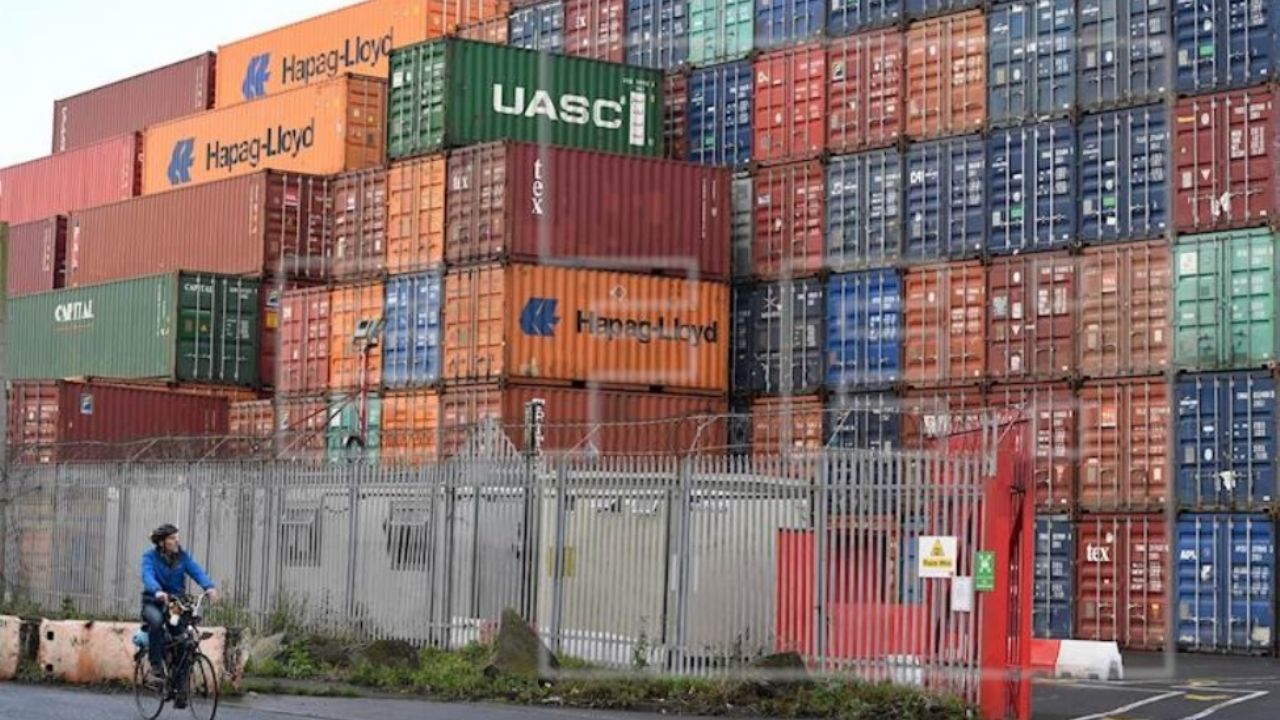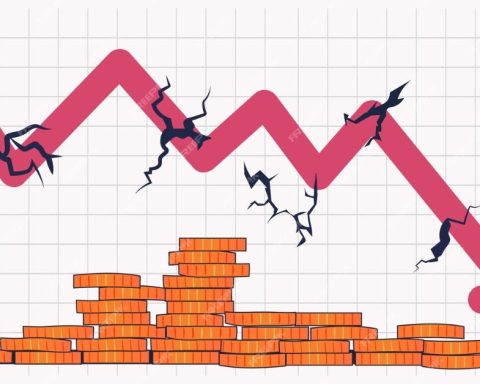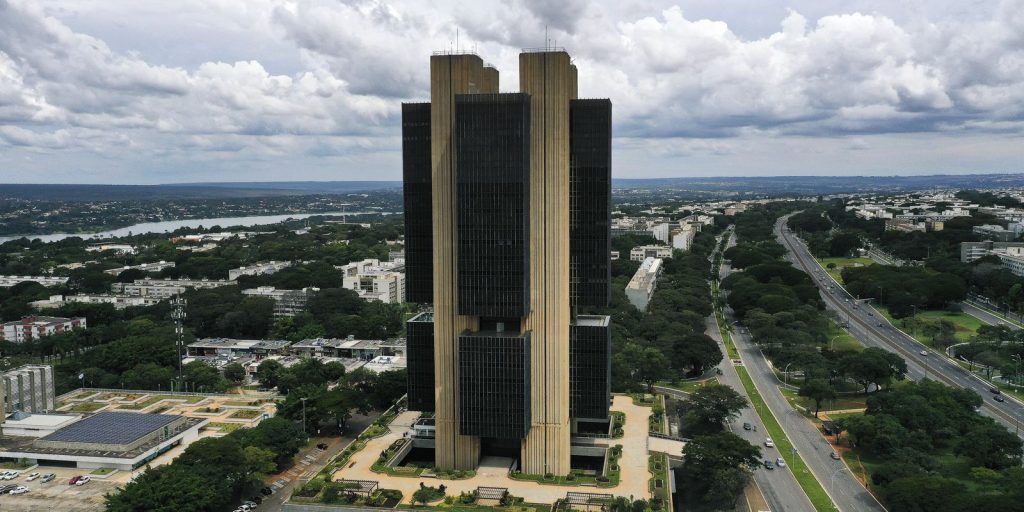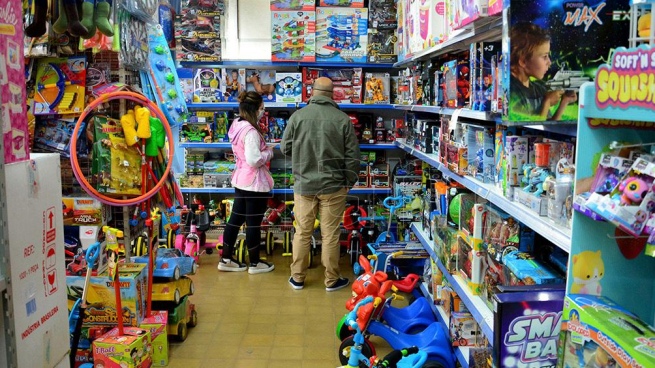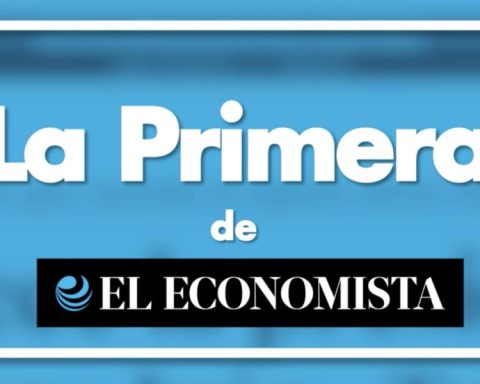La Paz / EFE
The value of Bolivian exports totaled 9,008 million dollars between January and October of this year, 64% more than the 5,491 million registered in the same period of 2020, the Bolivian Institute of Foreign Trade (IBCE) reported this Sunday.
The main markets for Bolivian exports in the first ten months of the year were India, with a 15% share, Brazil with 13% and Argentina with 10%, detailed the IBCE, which is a private foreign trade analysis entity. , in a document prepared with data from the state National Institute of Statistics (INE).
Exports to India totaled 1,379 million dollars, sales to Brazil 1,149 million and Argentina 876 million, indicated the IBCE.
In addition, imports rose 31%, from $ 5.65 billion in that period of 2020 to $ 7.424 million this year.
As of October, the country registered a trade surplus of 1,584 million dollars, compared to the deficit of 159 million the previous year, marked by the covid-19 pandemic, said the IBCE.
The largest bilateral trade surplus was registered with India for 1,226 million dollars and the main negative balance was with China, with 1,026 million.
THE ANALYSIS
In statements to Efe, the general manager of IBCE, Gary Rodríguez, highlighted the positive balance in the trade balance because “it is something that is marking a turning point after six years of consecutive deficits” that meant “the loss of little more than 5,000 million dollars between 2015 and 2020 “.
The growth of imports should not worry when more than 60% are capital goods, technology and transport equipment for industries and the productive sector, he added.
“If the economy is growing and is being reactivated, it is natural that we bring from abroad those goods that help us to produce services and products,” he said.
Regarding exports, he highlighted that the non-traditional sector is gaining ground and currently represents 25%, “that is, a quarter of the exported value is agricultural, agro-industrial, timber, forestry and artisan products.”
“The non-traditional sector differs from the mining and hydrocarbon sectors because it has a strong impact in terms of a multiplier effect on employment,” while the traditional ones “are highly capital-intensive,” he explained.
Rodríguez recalled that at the time the sale of hydrocarbons came to represent 50% of the total exported and minerals 30%.
LEAVE DEPENDENCY
Natural gas was for many years the main export product and sustenance of the Bolivian economy, with Brazil and Argentina as the main markets, however, the sector has had a setback with decreases in value and volume.
Currently, mining is at the forefront in exports, followed by the non-traditional area and the hydrocarbon sector, “which is not at its best,” is in third place, according to Rodríguez.
This is also reflected in the fact that Brazil was displaced by India as the main market for Bolivia.
Although Rodríguez indicated that this is also explained because the main product currently being exported to India is gold, which is at its “best historical level.”
For Rodríguez, the fact that non-traditional sales are picking up “is good” because external dependence is reduced and “we export more products to more markets.”
The star of non-traditional products is soy and its derivatives, which are sold mainly in Colombia, Peru and Ecuador, but there are also around 600 non-traditional products that have a market in more than a hundred countries.
“It will always be better to sell even less to many than to sell one to a few” to spread the “risk,” concluded Rodríguez.
